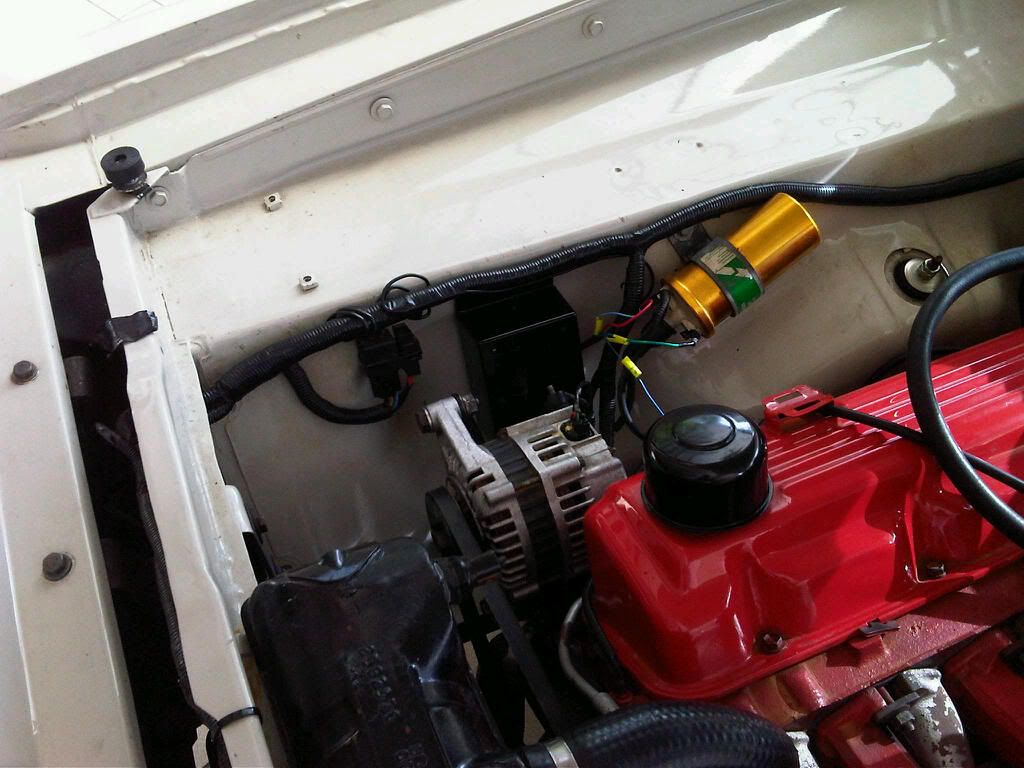I would say that type of oil-filled coil always needs a ballast resistor. I have a somewhat similar (older design) Crane XR700 on 2 of my cars. The manual says to keep the ballast. What it doesn't detail is if the ballast is required to protect the factory coil or the module itself.
On my slant, I installed a Mopar electronic distributor and a GM 8-pin HEI module and GM "external coil". That setup does not need a ballast resistor. See posts by several people.
Since your module is a fairly new design, I expect it can run without a ballast, if you use the right coil. Best might be to install a better E-core type coil - Mopar Magnum, GM "external", or a new after-market. For later, search "ready to run distributor" on ebay and the link to their $20 coil (stevewhiteperformance and others). Too bad they don't make that distributor for the slant or BB engines yet. When they do, you might replace your points distributor since I expect that doesn't give the most repeatable trigger signal. You could also add a Crane XR700 optical trigger to your distributor (sometimes cheap on ebay).
Not sure why your ignition wasn't missing when the coil got hot. I had to bypass my ignition switch to drive my 64 Valiant slant home. I first just jumpered +12 V to the coil, but after 5 min it started missing above 40 mph and I found the coil was very hot. Wired in the ballast and it ran home fine.
Your Jaycar box looks like fun. I wonder if you can input a manifold pressure signal. Maybe all you need is to have it add to the advance in your factory distributor, with back-off for knock. I put a GM knock sensor in my slant. It mounts in the block drain, using a 3/8" NPT to 1/4" NPT bushing. In the U.S., we can get those parts off junkyard trucks real cheap.

















